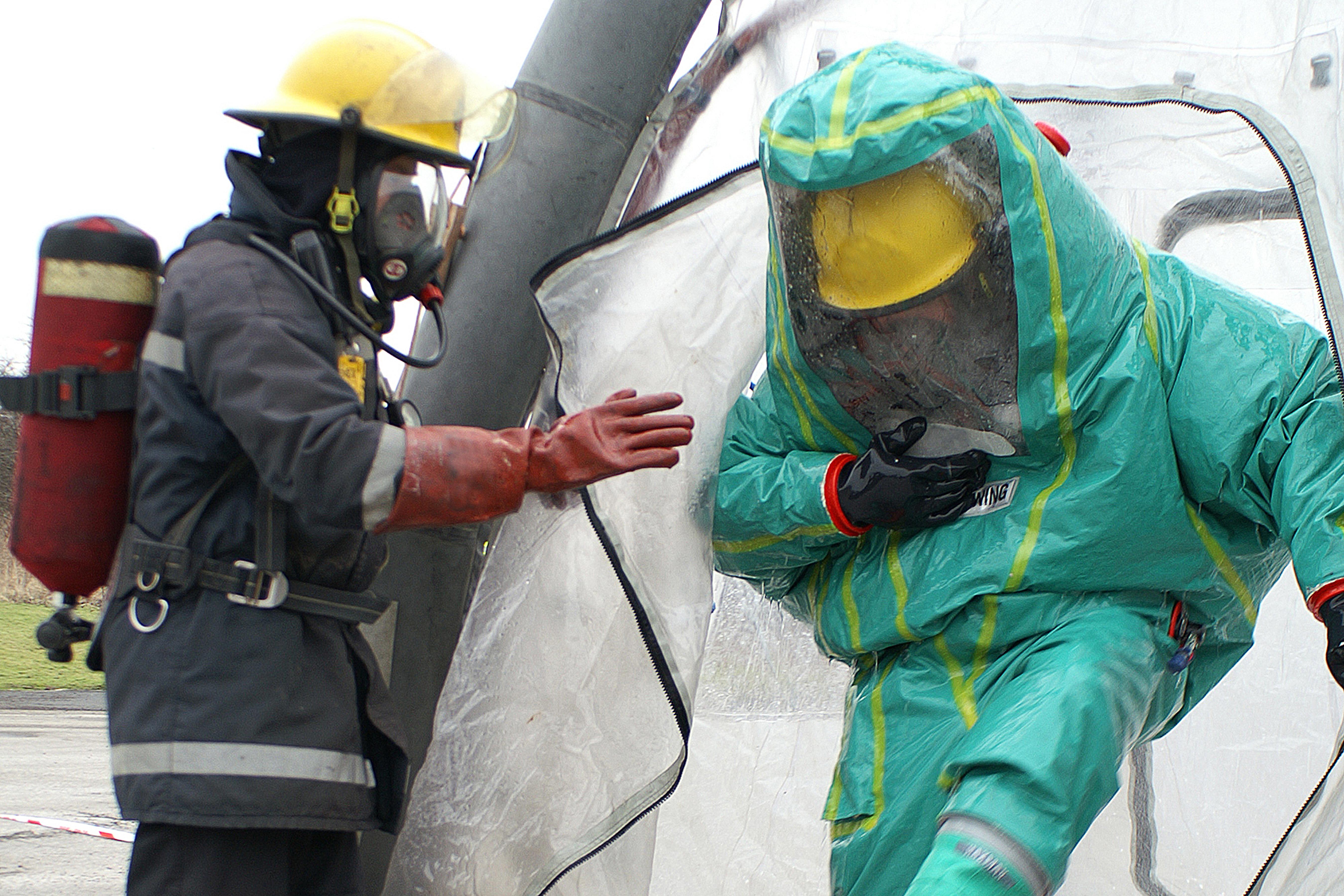
Accelerating Integrated Early Warning for DoD’s CBRN Defense
CWMD, Homeland Security, Defense, Performance Optimization, Predictive Maintenance
Early warning of an attack can save lives, but that’s easier said than done when you can’t see the attack coming, such as with chemical, biological, radiological, and nuclear (CBRN) agents.
To help the Department of Defense (DoD) detect these threats sooner, LMI delivered a rapid capability prototype that emulates new CBRN detection technologies in operational environments. The simulated CBRN threat detection prototype integrates unmanned aerial and ground vehicles, ground-based radar, and agent-specific sensors. The effort facilitates further concept development and demonstrations as well as testing, training, and field deployment of enhanced early-warning capabilities.
The prototype advances a concept called tipping and cueing—using reconnaissance assets to detect changes in an environment, then targeting areas of concern. Tipping and cueing is a foundational element of integrated early warning, according to Mark Malatesta, who leads LMI’s rapid capability development team.
“Enhanced tipping-and-cueing capability enables us to act earlier than traditional methods,” he said. “Normally, we wait for a sensor to go off, then respond. Integrated early warning takes information from various sensors on the battlefield to achieve earlier warning. Even an extra 10 seconds may be the difference that warfighters need to put on gas masks during an attack."
Among the deliverables was a first-of-its-kind radar emulator. Based on the AN/TPQ-50 Lightweight Counter Mortar Radar, the emulated capability will be used in demonstrations and training events. LMI also helped develop a series of software emulators based on the fixed-site FLIR Centaur System for CBRN detection. Users can model hazard scenarios and test how different combinations of detectors would perform in the field.
“The prototype enables DoD to see how emulated capabilities perform in conjunction with live sensors. Through displays in a common operating platform, leaders visualize how systems could support earlier CBRN warning and inform strategic decision-making,” Malatesta said. “These unique capabilities expand DoD’s understanding of CBRN defense and furnish a more holistic operational environment.”
With LMI's approach, software and hardware developers were able to build interfaces in parallel, accelerating the testing timeline and reducing overall program costs for DoD’s Joint Program Executive Office for Chemical, Biological, Radiological and Nuclear Defense (JPEO-CBRND). In November, LMI announced it will support another JPEO-CBRND effort, the Joint Health Risk Management toolkit, as it expands CBRND and counter-weapons of mass destruction expertise for new and current customers.
Enhanced tipping-and-cueing capability enables us to act earlier than traditional methods... Even an extra 10 seconds may be the difference that warfighters need to put on gas masks during an attack.
— Mark Malatesta


